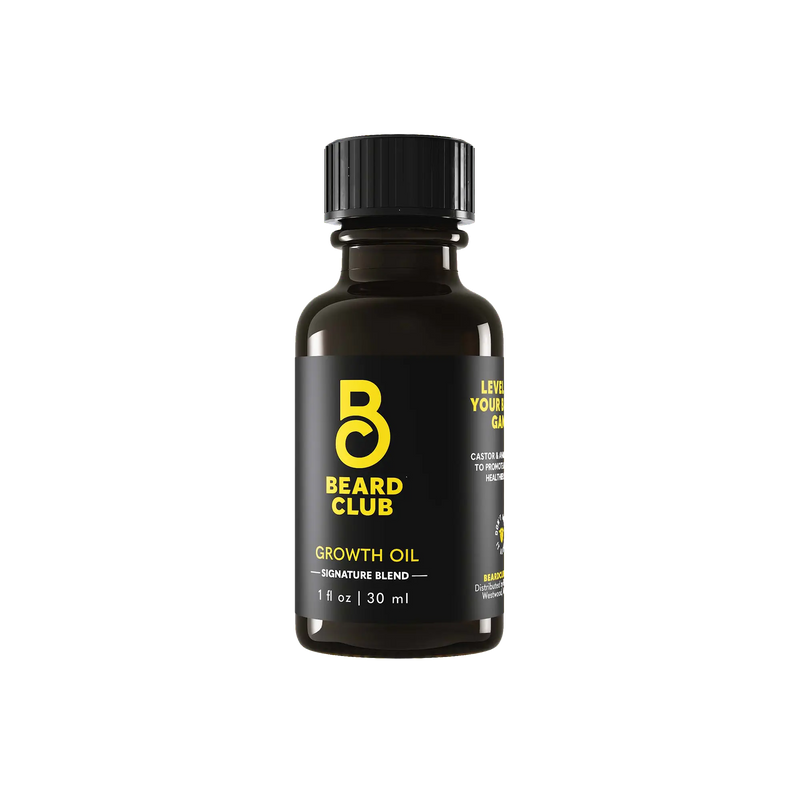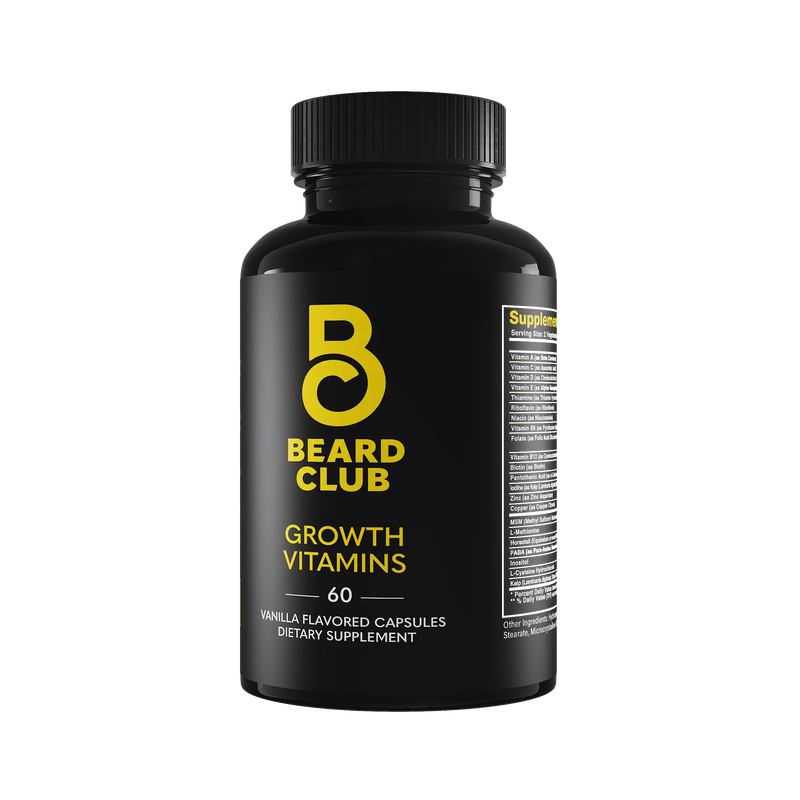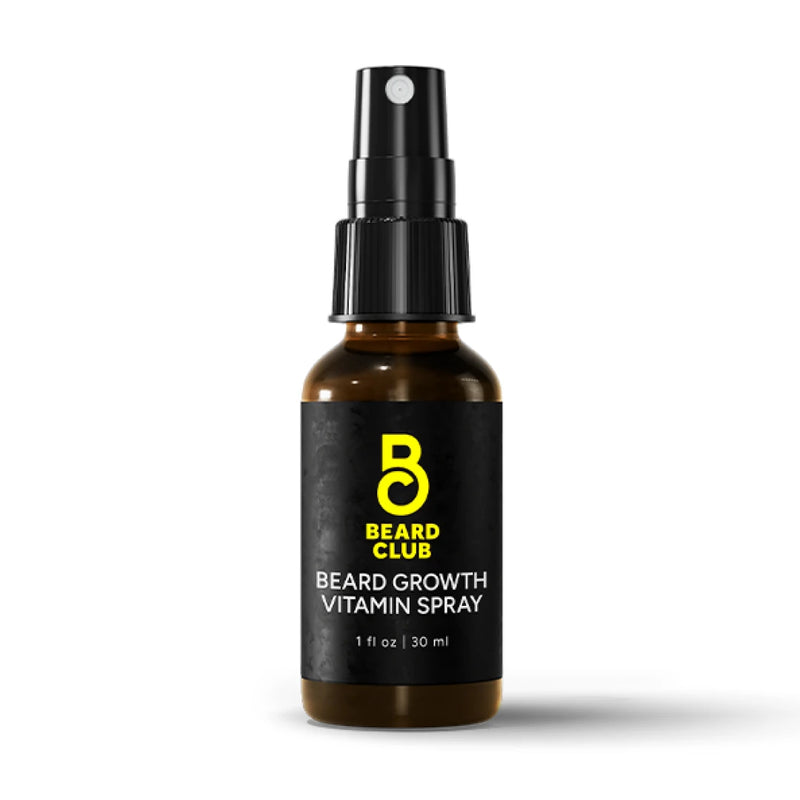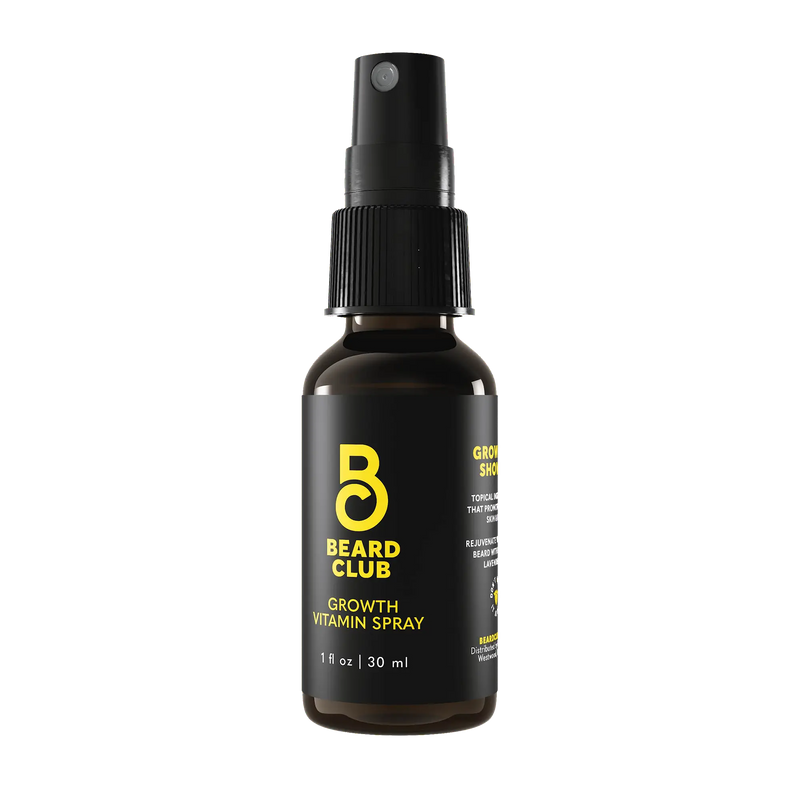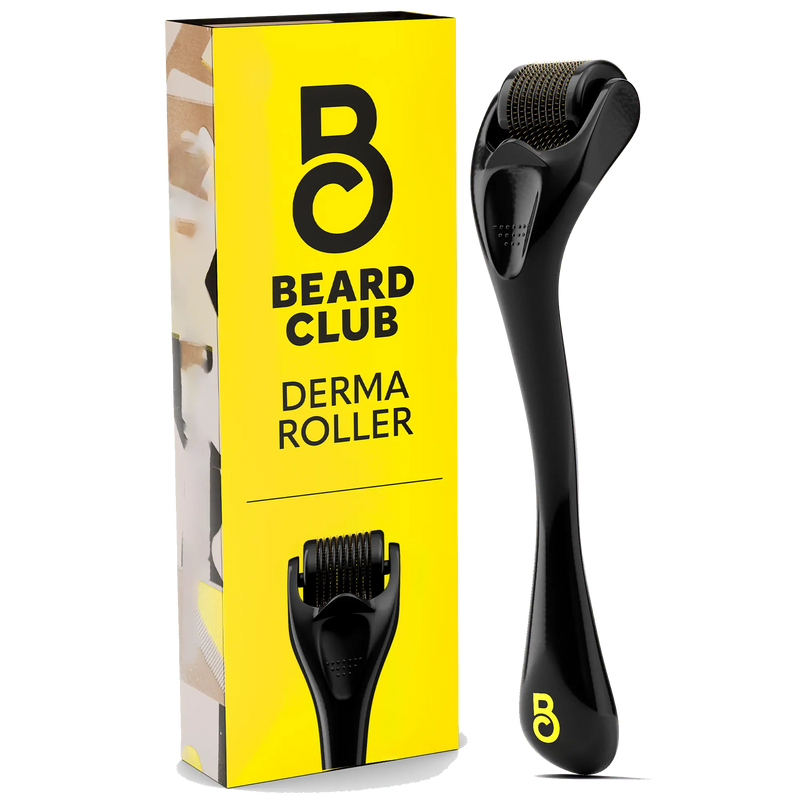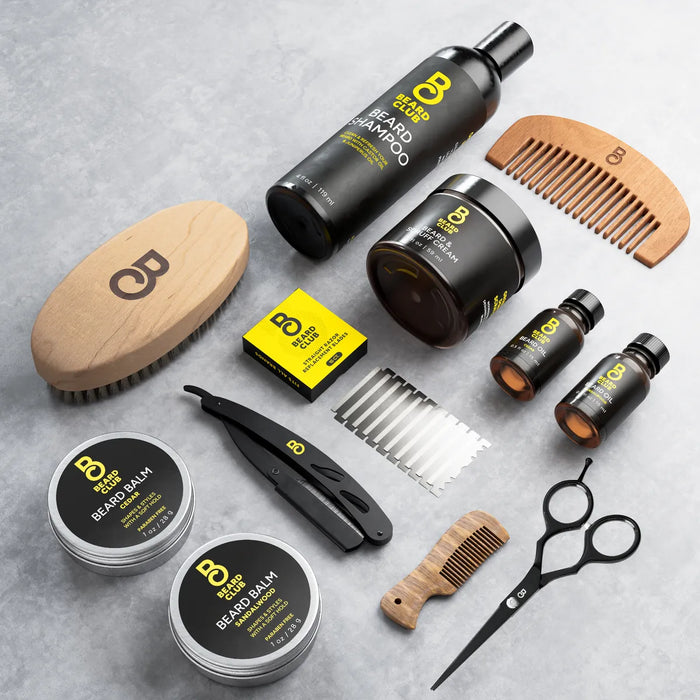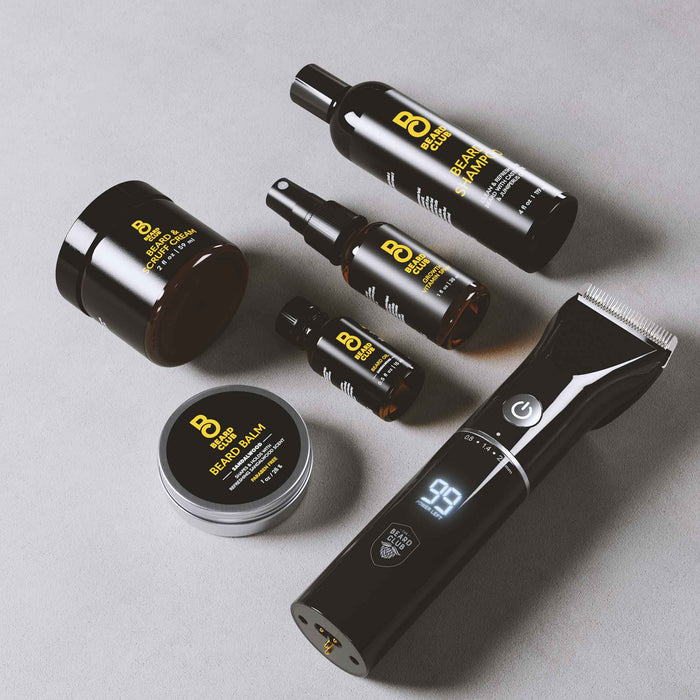Does Weather Affect Your Beard? Grooming Tips for All Climates
Your beard isn’t more than a facial decoration; it’s made of protein, lives on your skin, and reacts to the environment around you. Whether it’s summer humidity, wintery cold air, or high-altitude dryness, the climate you’re in has a direct impact on how your beard behaves.
In hot, humid weather, your beard is more likely to frizz, trap sweat, and harbor bacteria that cause odors. Cold, dry air pulls moisture from your skin and hair, making your beard brittle, itchy, and prone to split ends. Even UV exposure and poor air quality can degrade the health and appearance of your facial hair over time.
Yes, Weather Affects Your Beard—Here’s How

Beard hair is composed primarily of keratin, a fibrous protein that’s hygroscopic, meaning it absorbs and loses water based on surrounding humidity. When moisture in the air changes rapidly, your beard’s texture and shape can shift just as fast.
Understanding how different environments impact your beard helps you develop a climate-smart grooming routine that keeps your beard soft, healthy, and styled, no matter where you are.
Hot & Humid Climates: Beat the Sweat, Bacteria, and Frizz
If you live in a tropical, coastal, or swampy region, you already know: humidity = chaos for textured hair. High humidity causes the outer layer of the hair shaft (the cuticle) to lift and swell. This makes beard hairs more porous and vulnerable to frizz, especially when the hair is dry or not sealed with product. Add in heat and sweat, and you’ve got the perfect storm for clogged pores, beardruff, and odor.
Key grooming strategies:
-
Especially with fuller beards, use your beard wash more frequently, around every 1–2 days, to clear away sweat and bacteria without stripping your beard.
-
Switch to a lightweight beard oil (like jojoba or grapeseed) that absorbs quickly and doesn’t leave buildup.
-
Add a leave-in conditioner or anti-frizz balm with ingredients like aloe or glycerin to tame puffiness. Humectants like glycerin and aloe vera draw moisture into the hair shaft, helping balance hydration without adding weight.
-
Comb daily to detangle and evenly distribute natural oils—don’t let sweat settle at the skin level.
If you’re active or outdoors a lot, rinse your beard with water between washes to cut down on sweat salts that can irritate your skin.
Cold, Dry, and Windy Climates: Lock in Moisture and Protect Your Skin

Winter months and high-altitude air are brutal on beards. In cold weather, vasoconstriction reduces blood flow to the skin's surface. This process can limit nutrient delivery to hair follicles and slow natural oil production—two factors that contribute to that brittle winter beard feel. At the same time, dry air draws moisture out of both your skin and your beard hairs, making them feel rough, wiry, and prone to breakage.
Here’s how to protect your beard in cold climates:
-
Opt for a hydrating beard shampoo and avoid overwashing. Aim for 2–3 times per week max and always follow with moisture.
-
Hydrate deeply after warm showers. Use a thick beard oil or butter with shea or coconut oil.
-
Layer products, starting with beard oil, then seal it in with balm to create a barrier against wind and dry air.
-
Use a wooden comb or carbon fiber beard pick instead of a brush to avoid static and breakage.
And don’t overlook UV protection even on cold or overcast days. Use a beard oil with vitamin E or natural UV blockers like red raspberry seed oil to guard against sun damage, especially at high elevations.
Wet & Rainy Climates: Stay Clean, Smell Fresh
Frequent rain or high-moisture environments—think Seattle, the Pacific Northwest, or tropical wet seasons—don’t always mean frizz, but they can create other beard issues: mildew-like smells, limp shape, and trapped moisture that irritates your skin.
Here’s how to thrive in a rainy climate:
-
Always dry your beard thoroughly with a towel after it gets wet.
-
Use a beard comb (not a brush) to reduce hair breakage while damp.
-
Apply a light beard oil or butter containing antimicrobial ingredients, such as tea tree or eucalyptus.
-
Avoid using heavy waxes or butters that trap moisture; opt for breathable formulas instead.
If odor is an issue, wash more frequently and look for cleansing products with natural antibacterial properties like charcoal or witch hazel.
Dry Climates (Desert, Indoor Heat, High Altitude): Hydration Is Your Lifeline
Living in a desert city or working indoors with artificial heat? Dry air behaves like a moisture vacuum, pulling hydration from your beard and skin all day. This process is known as transepidermal water loss (TEWL), which occurs when moisture evaporates from the skin into the air. In dry environments, the rate of TEWL increases significantly, leaving both the skin and beard dehydrated. Occlusive products, such as biotin-supporting beard balm, help reduce this by forming a light seal over the surface.
Here’s what works in dry environments:
-
To start, ensure you’re hydrating from within by drinking plenty of water. Beard health starts below the skin.
-
Apply a hydrating beard oil right after your shower while your beard is still damp.
-
For longer beards, follow with a moisturizing beard balm to reduce moisture loss throughout the day.
-
Skip alcohol-based grooming products, as they can accelerate drying.
Once or twice a week, try a deep conditioning treatment: apply beard oil, massage it in, and leave it on for 30 minutes, wrapped in a warm towel, before rinsing. It makes a huge difference in softness and breakage prevention.
Traveling Between Climates? Here's How to Adjust
Moving from one climate to another—say, Denver to Miami—can shock your beard. The shift in temperature, humidity, and air quality can throw off your skin’s oil production and make your beard feel off for a few days.
When you’re transitioning between climates, aim to bring a range of products, including a lightweight oil, a heavier balm, and your go-to beard wash. Trim things up ahead of travel and skip trimming the day before or after to allow your beard to settle before shaping it. And keep an eye out for flare-ups like beardruff or frizz and adjust hydration accordingly.
If your beard feels dry, apply more oil and reduce the frequency of washing. If it feels greasy or limp, lighten up your product routine and rinse more often.
Environmental Stressors Beyond Weather
It’s not just temperature and humidity that play a role–air quality, pollution, and UV exposure can also impact your beard over time.
-
Urban smog and pollutants can actually coat your beard, clog follicles, and dull hair tone. Furthermore, it can cause actual damage. A study published in Annals of Dermatology found that particulate matter (PM10) from urban pollution can penetrate follicles and damage both skin and hair.
-
UV rays can break down the pigment and protein structure in hair, making it weaker, lighter in color, and more prone to split ends. This is especially noticeable in gray and red beards, which have less natural melanin to offer protection.
-
Hard water from showering is high in minerals and can leave residue that leads to itchiness and buildup. Consider rinsing with filtered water if you live in an area with hard water.
Final Thoughts: Groom Smarter, Wherever You Are
Your beard is affected by the world around you, sometimes more than you realize. Whether you’re sweating through Gulf Coast humidity or braving a subzero commute, seasonal changes and climate directly shape how your beard looks, feels, and grows.
There’s no universal beard care routine that works everywhere, year-round. What matters most is paying attention. Notice when your beard starts to feel brittle, limp, frizzy, or greasy, and adjust your care accordingly. That might mean layering heavier beard products in winter or scaling back to lightweight oil and frequent rinses when it’s humid out.
And if you’re looking for the best beard care and tools that travel well and treat your beard right, The Beard Club has your back—rain, snow, sun, or sweat.



